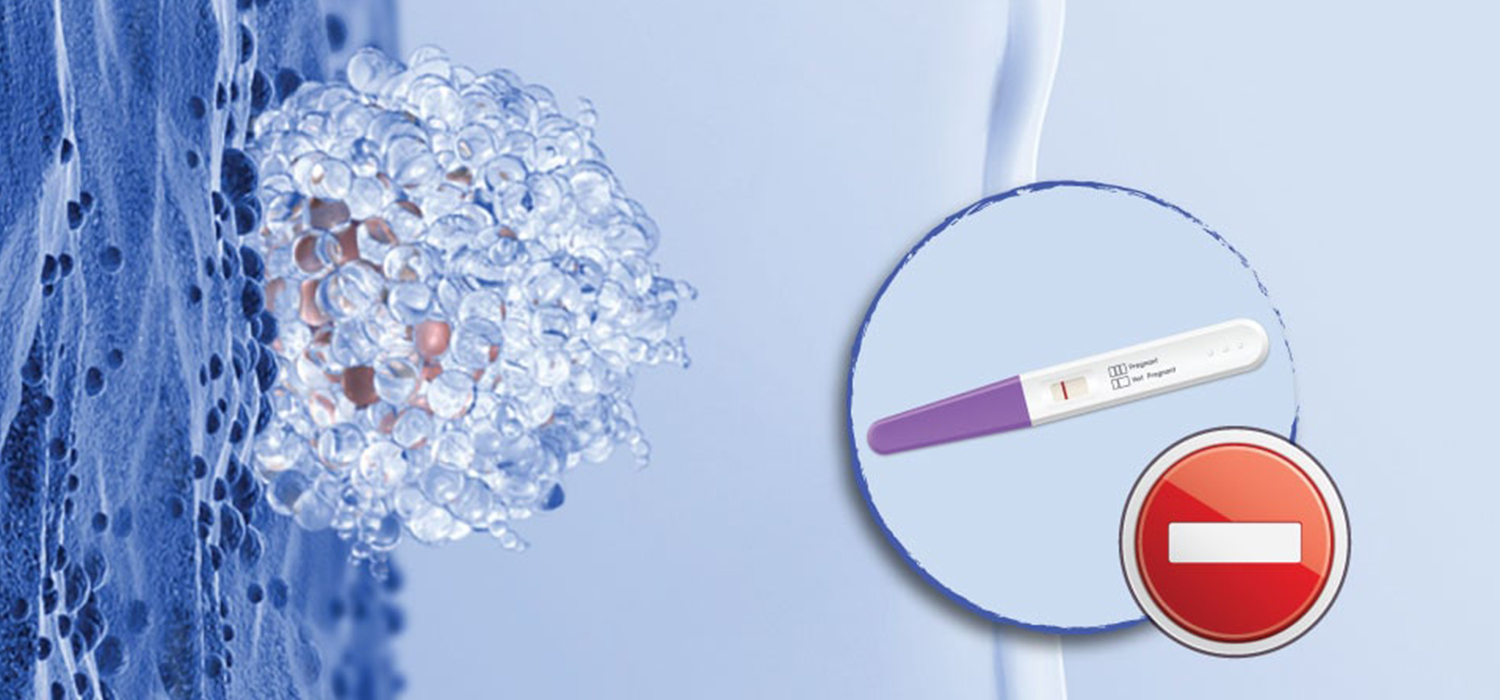Recurrent Implantation Failure
What constitutes recurrent implantation failure?
Is RIF assessed by the number of embryos that fail to implant or the number of transfer attempts? There is obviously no consensus in the definition of RIF. Some proposals include:
Failure to obtain pregnancy after 3 consecutive IVF attempts with transfer of one to two good quality embryos.
Absence of implantation after two consecutive IVF/ICSI/FET with cumulative number of transferred embryos not less than 4 cleavage stage or not less than 2 blastocysts.
There is also a word of caution that RIF can be over-diagnosed if we consider only 2-3 IVF attempts and a suggestion that six failed cycles of IVF qualify as RIF.
Incidence of RIF
It is randomly set at 10%.
What causes RIF?
The cause of RIF can be broadly classified as:
- 1. Gamete and Embryo causes
- 2. Endometrial receptivity causes
- 3. Multifactorial effectors
The pathophysiology of each of these factors needs to be understood so that the investigations and the subsequent treatment can be formulated. Some pathological mechanisms are often at the cellular, genetic, and metabolic levels and require more advanced methodologies for diagnosis and possible rectification.
How are oocytes responsible for RIF?
Too high or too low numbers of oocytes retrievable on stimulation, Poor responders (low AMH and AFC, older women and higher FSH), increased number of immature oocytes and reduced fertilization are all conditions of the oocytes that contribute to RIF.
Evaluation of this cause included assessing the patient and ovarian function tests (AMH, AFC, FSH, inhibin etc)
The treatment involves better treatment protocols, GnRH pre-treatment for women with endometriosis etc.
How do sperms contribute to RIF?
Sperm DNA fragmentation has been proposed as a possible cause. DFI- DNA fragmentation index- of over 30% has been associated with poor fertilization rates.
Oral antioxidants to the male partner, sperm selection of good morphology through Annexin V and Hyaluronic acid binding; IMSI (Intra Cytoplasmic Morphologically normal sperm injection) or testicular sperm retrieval can be offered for such cases.
What are the embryo factors implicated in RIF?
Inherited chromosomal abnormalities, mutations in the chromosomes of the embryo, problems with maternal cytoplasm, and delayed hatching of Zona Pellucida are some of the embryonic factors implicated in RIF.
Time Lapse Imaging of the growing embryo (Morphokinetics), Genetic testing of the embryo by Karyotyping or Genome sequencing, Omics (Metabolomics, proteomics, transcriptomics) are ways to detect possible healthy embryos.
Treatment includes improving Embryo transfer ( embryo glue, U/S guided transfer, Freeze all followed by frozen Embryo transfer, double embryo transfer etc ), resorting to Blastocyst transfer (embryos have crossed the cleavage stage) , Using assisted hatching techniques, Pre-implantation genetic testing of the formed embryo, assessing mitoscore and using co-culture are some methods to address possible embryo factors in RIF.
What are the endometrial or uterine causes contributing to RIF?
25-50% of women with RIF may have undiagnosed uterine pathology.
Presence of congenital uterine abnormality like a septum can cause RIF; and resection of the septum results in reduce miscarriage rates. HOXA 10 and HOXA 11 are implicated in Mullerian duct development and preparing the endometrium for implantation.
Acquired pathologies like myoma, polyp, adenomyosis and synechiae act through various mechanisms contributing to RIF.
Altered expression of adhesive molecules, imbalance between implantation promoting and inhibiting factors, like increased ratio of TH1 lymphocytes (producing pro-inflammatory cytokines) to TH2 lymphocytes (which produces pregnancy supporting cytokines), NK cells in endometrium are the immunology factors implicated in RIF.
Changes in endometrial microbiota with a dominance of non-lactobacillus dominated endometrial fluid has been noted in women with RIF.
2D and 3D ultrasound, HSG (Hysterosalpingography), SSG (Sono salpingography), Laparoscopy and Hysteroscopy are all modalities used to detect uterine abnormalities. ERA (Endometrial receptivity assay) is used to determine the correct timing of embryo transfer in the subsequent cycle.
Surgical correction of polyps, submucous fibroids, cyto-reductive surgery with or without depot GnRH for adenomyosis and hysteroscopic resection of synechiae are the surgical procedures to correct the uterine factors contributing to RIF.
Estrogen supplementation, GnRh in luteal phase to increase estrogen, autologous PRP have been tried along with adjuvants like aspirin, nitro-glycerine patches, Sidenafil citrate, Pentoxyphylline. L-arginine to better the endometrial thickness. Endometria coring is also offered. Stem cells and Uterine transplant are futuristic strategies.
Glucocorticoids for immunomodulation is offered in cases where immune factors are suspected, as also aspirin, Heparin, IvIg, Intralipids and anti-TNFalpha.
What are the multifactorial effectors that are implicated in RIF?
Endometriosis, PCOS (polycystic ovarian syndrome) and Hydrosalpinx are the multi-factorial effectors as they work via different pathways contributing to RIF.
Women with endometriosis may be offered GnRH antagonist therapy for 3-6 months prior to treatment so that pregnancy rates improve. As surgery can reduce the follicle pool of the ovaries, endometriotic cystectomy is not routine dealt with by surgery. Salpingectomy, salpingostomy, proximal occlusion of tube by laparoscopy and draining of tubal fluid are some of the treatment modalities for hydrosalpinx. Treatment for PCOS patients is individualized.
Can gamete donation and surrogacy offer hope for couple with RIF?
Yes. Gamete donation and surrogacy must be discussed with the couple as alternative therapies. Services must be offered within the ambit of existing laws for gamete handing and surrogacy.
For more info, Follow : medlineacademics.com
